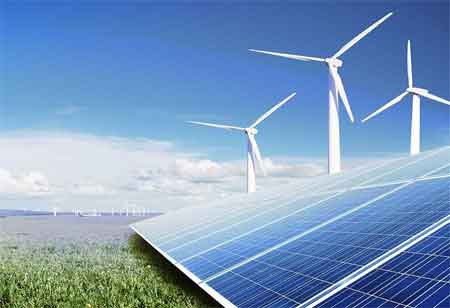Thank you for Subscribing to Agri Business Review Weekly Brief
How Can Farmers Make the Best Out of Agtech?

By
Agri Business Review | Monday, February 07, 2022
Stay ahead of the industry with exclusive feature stories on the top companies, expert insights and the latest news delivered straight to your inbox. Subscribe today.
With passing time, more technological advances showed up in the agriculture industry. It is now possible for farmers to leverage scientific data and technology to enhance crop yields and be updated with cutting-edge methods in agriculture.
FREMONT, CA: The rising digital tools and advanced information are the two significant factors that steer modern agriculture technology. The collaborations amongst the farmers and researchers across the public and private sectors also had equal roles to play when it came down to modern agriculture.
There were new tillage and harvesting equipment followed by irrigation and air seeding technology, leading to better yields and enhanced quality of the food and fiber.
Smartphone:
Mobile technology played a significant role in controlling and monitoring crop irrigation systems. By leveraging modern technology, farmers can manage their irrigation systems with the help of their phones or computers rather than driving to every field. In addition, the moisture sensors installed in the ground can communicate information regarding the level of moisture present in the soil at different depths.
Ultrasound:
Apart from checking baby animals in the womb, ultrasound can be used to discover the quality of meat found in an animal before it is sent to the marketplace. The examination of DNA lends a hand to the producers to identify the number of animals with excellent pedigrees and other desirable qualities. The technology can also be utilized to help the farmers improve the quality of their herds.
See Also: Top Agtech Startups
Mobile Technology and Camera:
Some farmers and ranchers leverage different applications to keep tabs on their employees and also install cameras within their farms. For example, managers at livestock are setting up their barn feedlots and pastures with cameras to avail the images at a central point such as home or office. They will be able to keep a keen eye on their animals whenever they are away from home and monitor them remotely round-the-clock.
Crop Sensors:
The ideal way of efficiently applying fertilizers is by using crop sensor technology to maximize the uptakes. The technology can sense the crop condition and reduce the potential oozing and running off into the groundwater. Rather than making a prescription fertilizer map for the entire field, it is wise to leverage crop sensors and allow them to direct the uses of the fertilizer in real-time.





